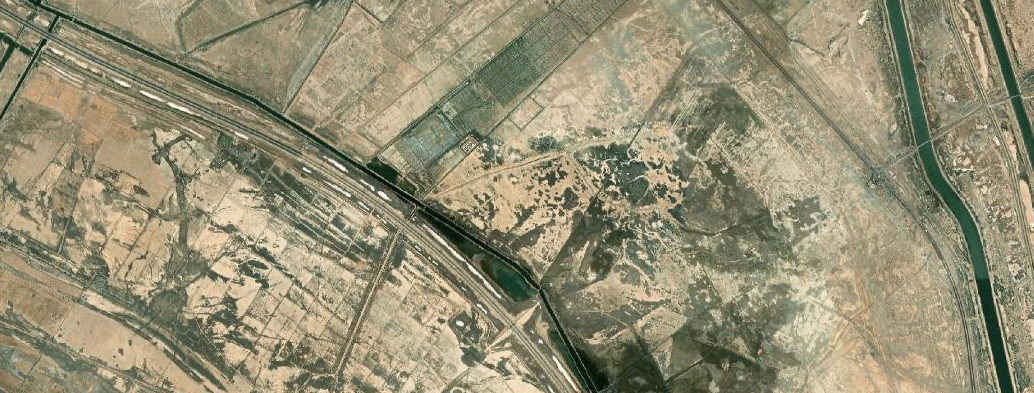Temples and Shrines of Kissik

The unwalled city of Kissik — which is often mentioned together with the southern Mesopotamian cities Eridu, Larsa, Ur, and Uruk — is now generally identified as Tell al-Laḥm. An Akkadian inscription of the Neo-Babylonian ruler Nabonidus (r. 555–539 BC) records that that king rebuilt Eamaškuga, the temple of the goddess Ningal in Kissik. That temple might be the Eamašku that is mentioned in Inanna's Descent to the Netherworld. A sanctuary by the name of Esagkala is named in the Lamentation over Sumer and Ur.
Banner image: satellite image of Tell al-Laḥm.
Jamie Novotny
Jamie Novotny, 'Temples and Shrines of Kissik', Babylonian Temples and Monumental Architecture online (BTMAo), The BTMAo Project, a sub-project of MOCCI, [http://oracc.org/btmao/Kissik/]